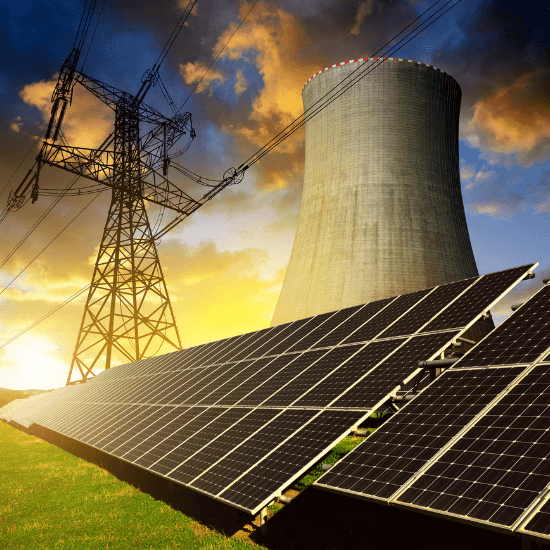

Urbanization, industrialization and economic expansion are driving energy demand in India. With greater private sector participation, India is aiming to become not only self-sufficient but also an exporter and leader in innovation in technologies related to energy production and transmission.
At the same time, India’s commitment to renewable energy goals and net-zero by 2070 is driving its push for renewable energy generation methods and movement away from fossil fuels.
India is already among the largest solar energy harnessers in the world.
It is also among the largest wind energy producers, with significant offshore potential thanks to a long coastline.
In the near future, traditional sources such as thermal and oil and gas will continue to provide the major share, with the contribution of natural gas gradually going up. Modernization of the grid and spreading it out to the hinterland, energy storage as well as creating the infrastructure for mobility and charging are expected to be drivers of growth in the sector.

It is expected that the Indian government will push forth with its nuclear power program by investing in cost-effective technologies, cutting down red tape in processing approvals, streamlining land reforms, and creating special purpose vehicles for the development of nuclear power plants.
The small modular reactor (SMR), gaining traction on account of several advantages as compared to the traditional reactors, is a case in point.
Indigenously developed nuclear power plants fuelled by domestically available thorium reserves are expected to be an important pillar of India’s energy independence. A competitive domestic nuclear energy sector is key to India’s energy security.
It is also a favourite destination for global Power & Energy giants when they want to set up a Global Capability Centre (GCC).
Skilled workforce, already a challenge, will be in demand, including for new technologies such as power storage and for the renewables push.























